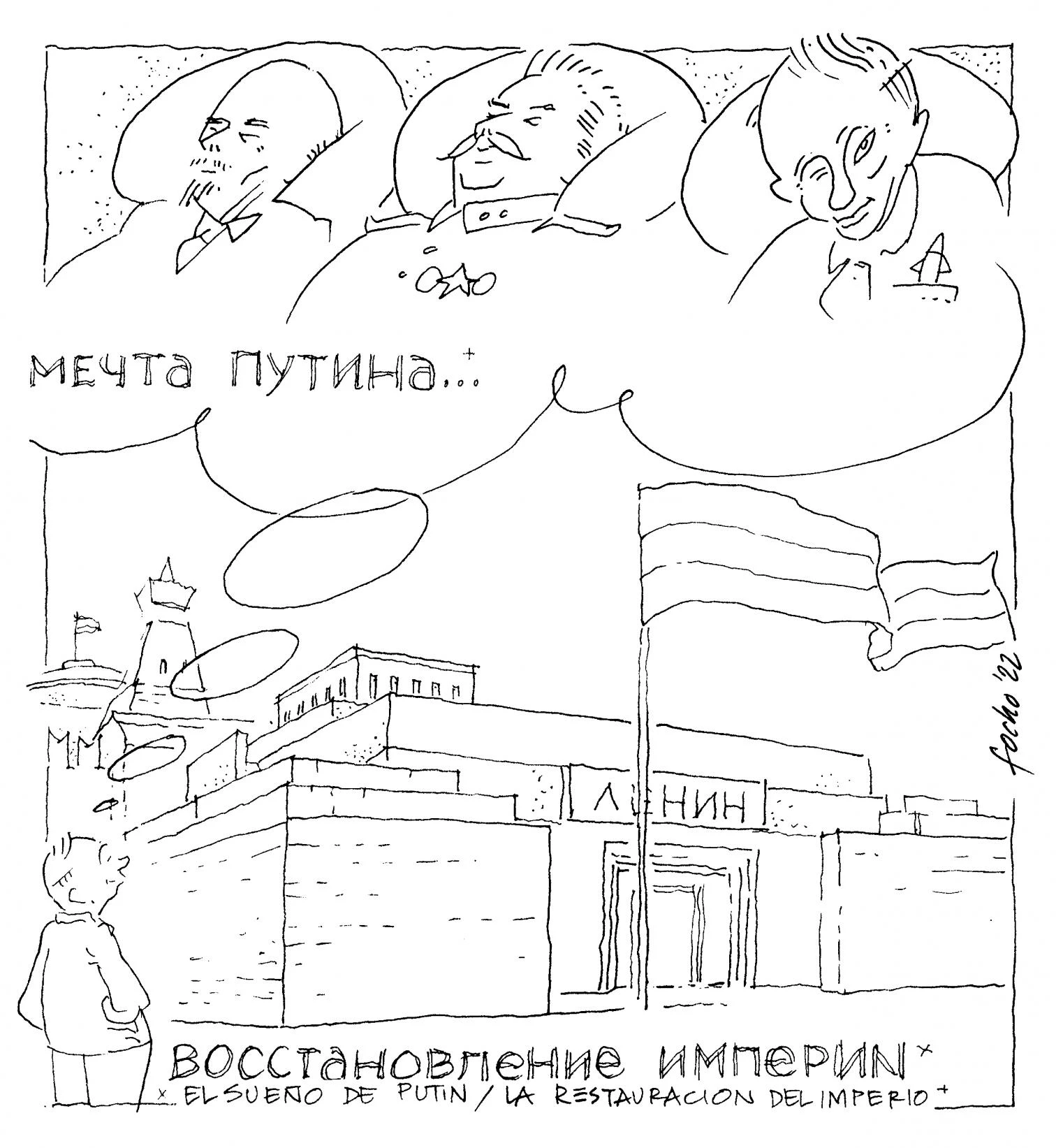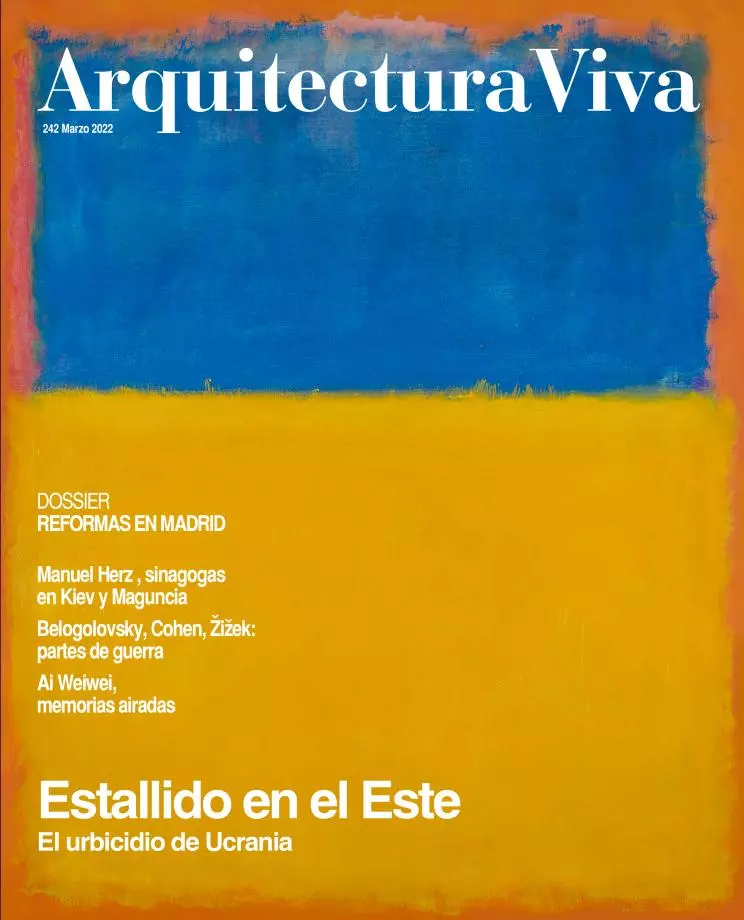
Like the Oscar and like the Nobel, the Pritzker is not simply a prize: it is an encrypted emblem and the reading of it is biographical, sociological, and political all at once. Who receives it, and why, are equal in importance. The case of Francis Kéré, the first African laureate, inevitably invites interpretations, especially at a moment when, with the list of ‘starchitects’ exhausted for some time now, the Pritzker is inclined to pay attention to the social, ecological, and peripheral narratives of architecture, as we have seen in the selection of the latest winners, among them Lacaton & Vassal, Grafton Architects, Balkrishna Doshi, and RCR Architectes. That said, the narratives surrounding Francis Kéré do not play down the exceptional work of Africa’s leading architect, an extraordinarily inventive professional whose buildings present themselves as examples of how to adapt to local cultures and climates during a period of political and environmental crises. Arquitectura Viva cannot help taking pride in the triumph of an architect it has supported since the beginning of his career, whose projects it has contributed to disseminating by means of monographs and exhibitions, starting with ‘The Architect is Present,’ the remarkably successful show that was held in 2014 at the Museo ICO in Madrid.







